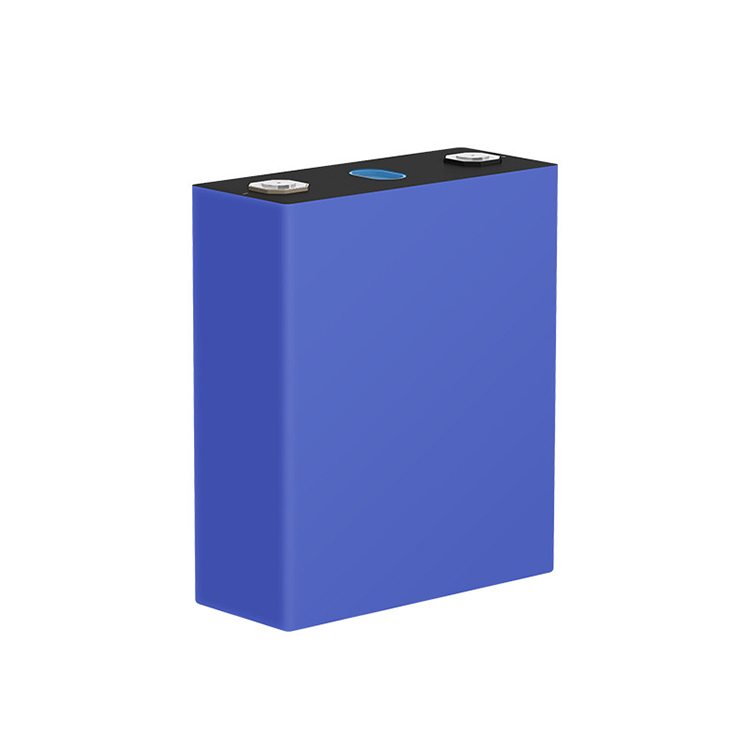Lithium iron phosphate batteries have gained significant attention in recent years due to their safety, stability, and performance. These batteries, commonly known as LiFePO4 batteries, are widely used in various applications ranging from electric vehicles to renewable energy storage. Understanding the classification of lithium iron phosphate batteries is essential for users, manufacturers, and researchers to choose the right type for specific needs. This article provides an overview of lithium iron phosphate battery classifications from different perspectives including design, capacity, shape, and application.

One common way to classify lithium iron phosphate batteries is by their form factor or shape. The three primary forms are cylindrical, prismatic, and pouch cells.
Cylindrical lithium iron phosphate batteries are shaped like small tubes, similar to traditional AA batteries but larger in size. Their rigid metal casing offers good mechanical strength and makes them suitable for applications requiring durability.
Prismatic lithium iron phosphate batteries have a rectangular or square shape with a hard case, which allows efficient use of space. These batteries are often found in electric vehicles and energy storage systems because their shape helps maximize capacity within a given volume.
Pouch lithium iron phosphate batteries use a flexible, sealed pouch as the casing, making them lightweight and adaptable in shape. This flexibility is advantageous for compact devices and applications where weight reduction is important.
Classification by Capacity and Voltage
Lithium iron phosphate batteries can also be classified by their capacity and voltage ratings. Capacity, usually measured in ampere-hours (Ah), indicates how much charge the battery can store and deliver over time.
Small-capacity lithium iron phosphate batteries, ranging from a few ampere-hours to around 50Ah, are commonly used in portable electronics, backup power supplies, and smaller electric vehicles such as e-bikes.
Medium-capacity lithium iron phosphate batteries, typically between 50Ah and 200Ah, are widely used in home energy storage systems and medium-sized electric vehicles. They offer a good balance between energy storage and size.
High-capacity lithium iron phosphate batteries, exceeding 200Ah, are designed for industrial and large-scale applications such as grid energy storage, electric buses, and heavy machinery. These batteries provide extended operation times and can support significant power demands.
Classification by Battery Management System Integration
An important classification aspect of lithium iron phosphate batteries involves whether they come with a built-in battery management system (BMS). A BMS monitors and controls the battery's operation, ensuring safety, performance, and longevity.
Lithium iron phosphate batteries with integrated BMS offer enhanced protection against overcharging, over-discharging, and overheating. They are common in applications where safety and reliability are critical, such as in electric vehicles and renewable energy storage.
Batteries without an integrated BMS are usually intended for users who plan to connect external management systems or require customization. These might be used by advanced users or system integrators with specific control requirements.
Classification by Application
Lithium iron phosphate batteries are also categorized according to their intended application, which influences their design and features.
For electric vehicles, lithium iron phosphate batteries are optimized for high power output, long cycle life, and thermal stability. These batteries help vehicles achieve longer ranges and improved safety.
In renewable energy storage, such as solar and wind power systems, lithium iron phosphate batteries are designed to provide stable, long-term energy storage with frequent charge and discharge cycles.